MOTORING
Ford Kuga 2.0 TDCi: A diesel with dash
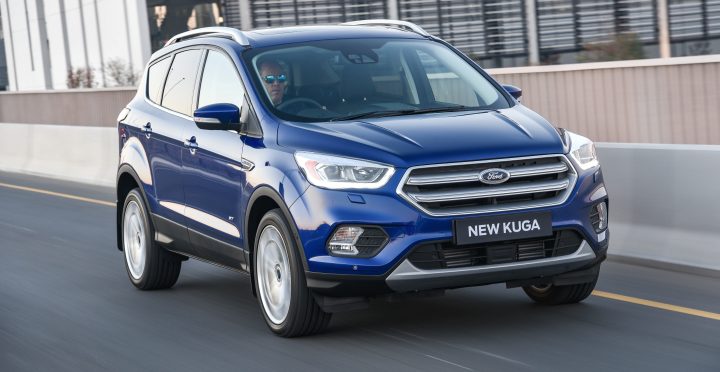
A spate of fires left the Ford Kuga’s reputation in tatters. Now, an updated version not only addresses the issue, but also adds smarter looks, improved ergonomics and more kit. Will that be enough to bring buyers back?
The fiery saga involving the Ford Kuga compact SUV has been extensively documented. It took a social media storm and three recalls involving more than 7,000 vehicles to address the issue, while doing the brand’s reputation unfathomable harm.
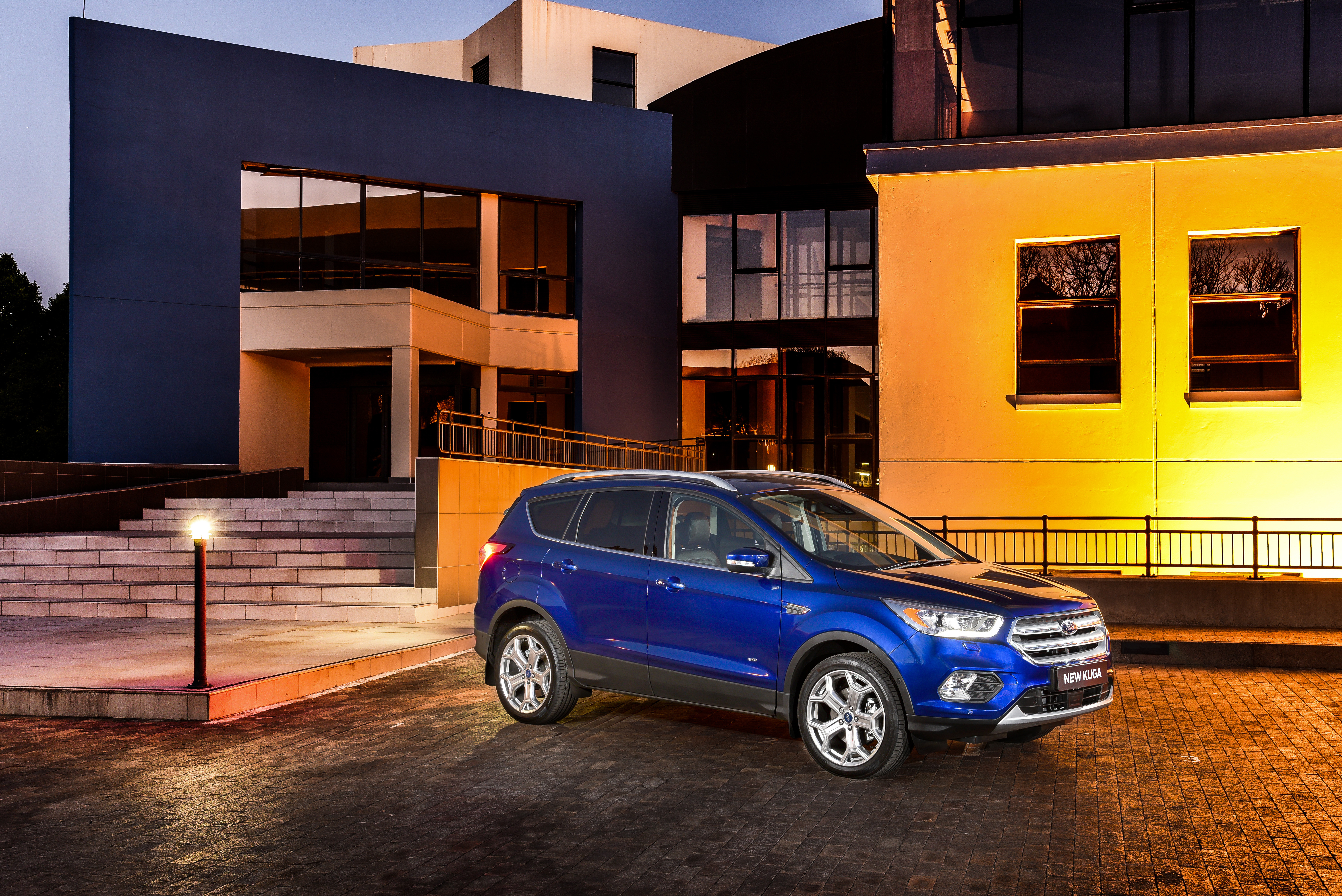
A substantially updated Kuga has since been introduced, drawing a clear line between the maladies of the previous model and the upgraded version. The latest range links fresh looks to a smarter cabin with expanded features – and keener pricing.
Whether that will be enough to restore the confidence of consumers remains to be seen. Sales of the updated Kuga are averaging around 120 units monthly – well behind the market-leading Toyota RAV4.
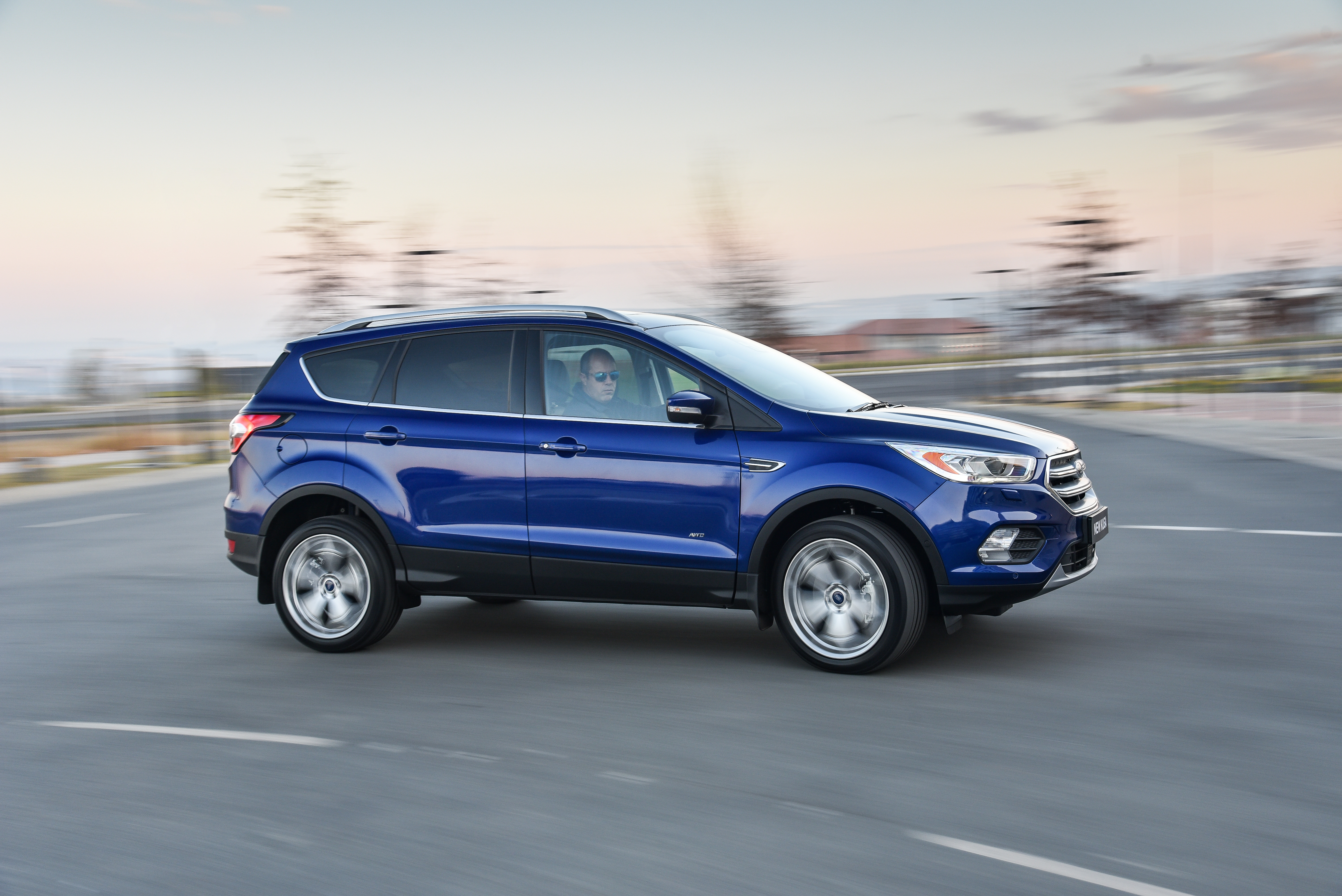
In reality, the Kuga deserves to fare better on the sales charts. But it competes in a brutally competitive market, with buyers spoilt for choice.
Re-establishing its credentials, even among loyalists, will not be an easy task. Even so, it’s hard not to like the latest Kuga – especially if you accept Ford’s assurances that the Kuga’s woes have been addressed.
And let’s face it, there are many happy owners of the previous-generation Kuga who never suffered any of the highly publicised problems.

The revitalised range consists of seven models, spanning three engine, two transmission and two drivetrain options. Two of the three power units are turbo petrols, with the 2.0-litre TDCi the sole turbodiesel offering.
Europe might have fallen out of love with diesels, but South Africans still enjoy the combination of low-down urge and frugal fuel economy they deliver – especially over longer distances.
The Kuga 2.0 TDCi Titanium Auto tested here is positioned at the top end of the range, and is available as an all-wheel drive model only. You could opt for a six-speed manual gearbox, but the six-speed auto is likely to be the preferred choice.
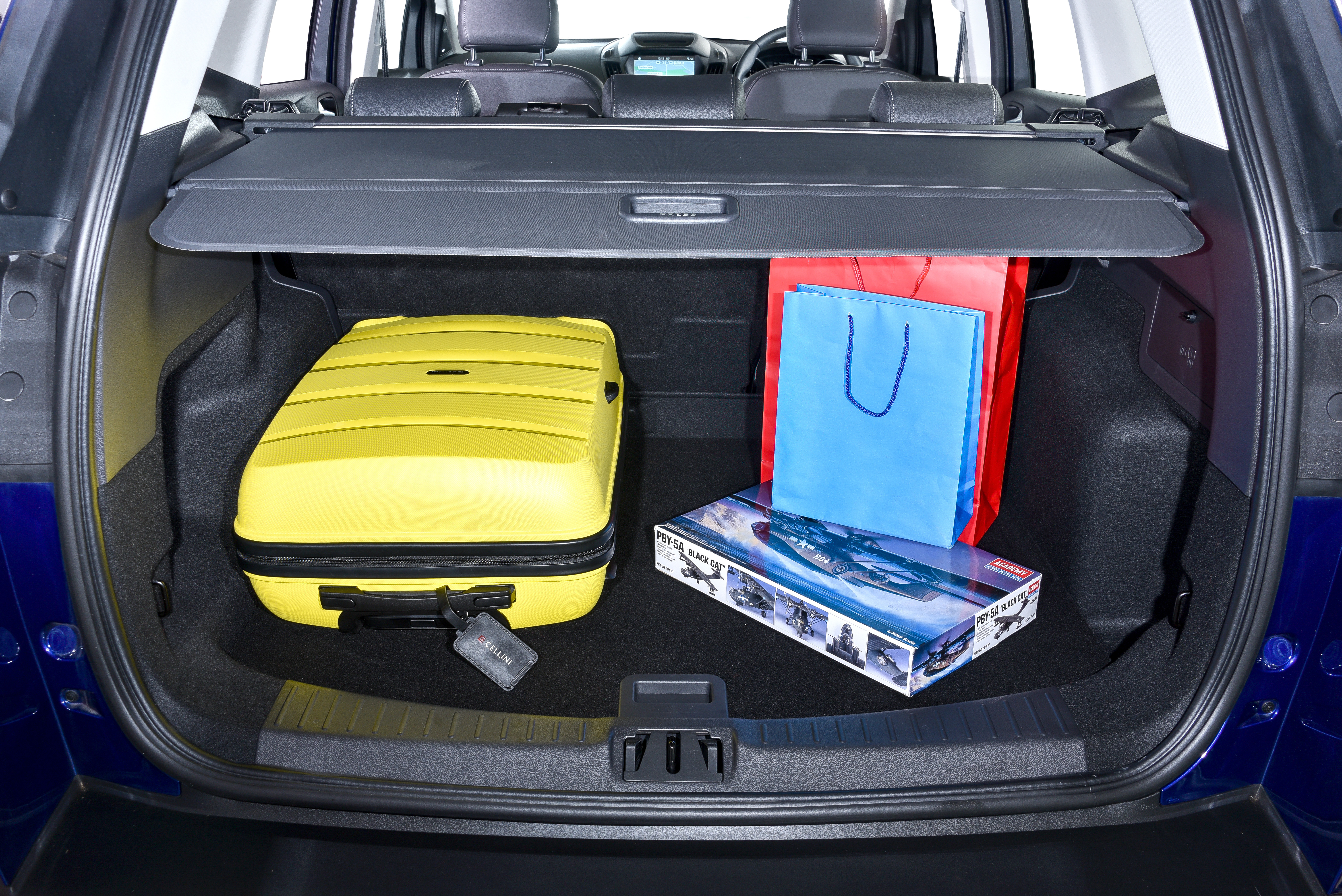

The styling updates aren’t radical, leaving the tall and upright silhouette of the Kuga virtually unchanged. The front end looks smarter and more streamlined though, thanks to sleeker headlights and a more pronounced, chrome-trimmed grille.
Despite offering daytime running lights, those headlights eschew the current trend favouring brighter and more efficient xenon or even LED technology by disappointingly sticking to halogens – a shortcoming generally underestimated by SA motorists.
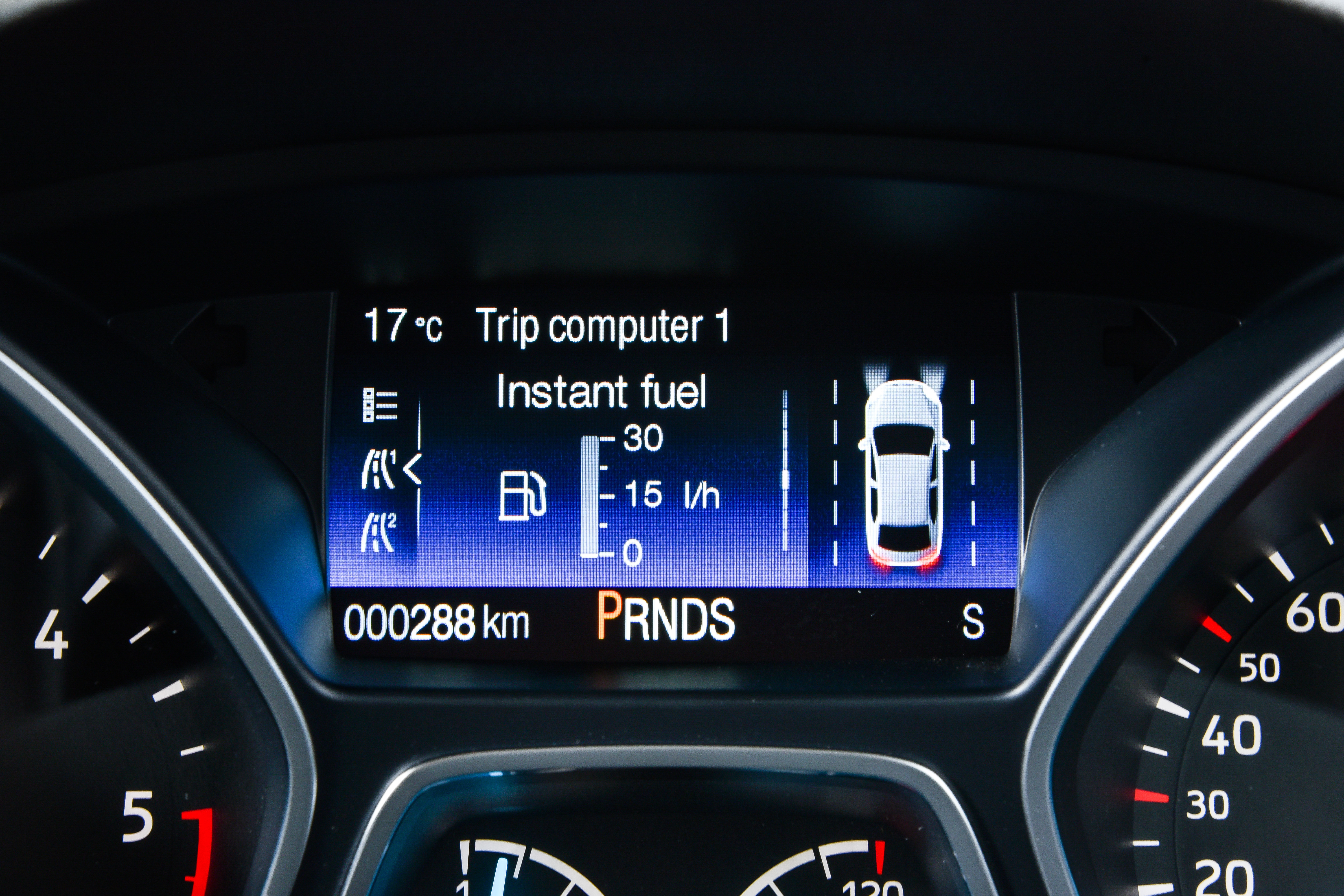
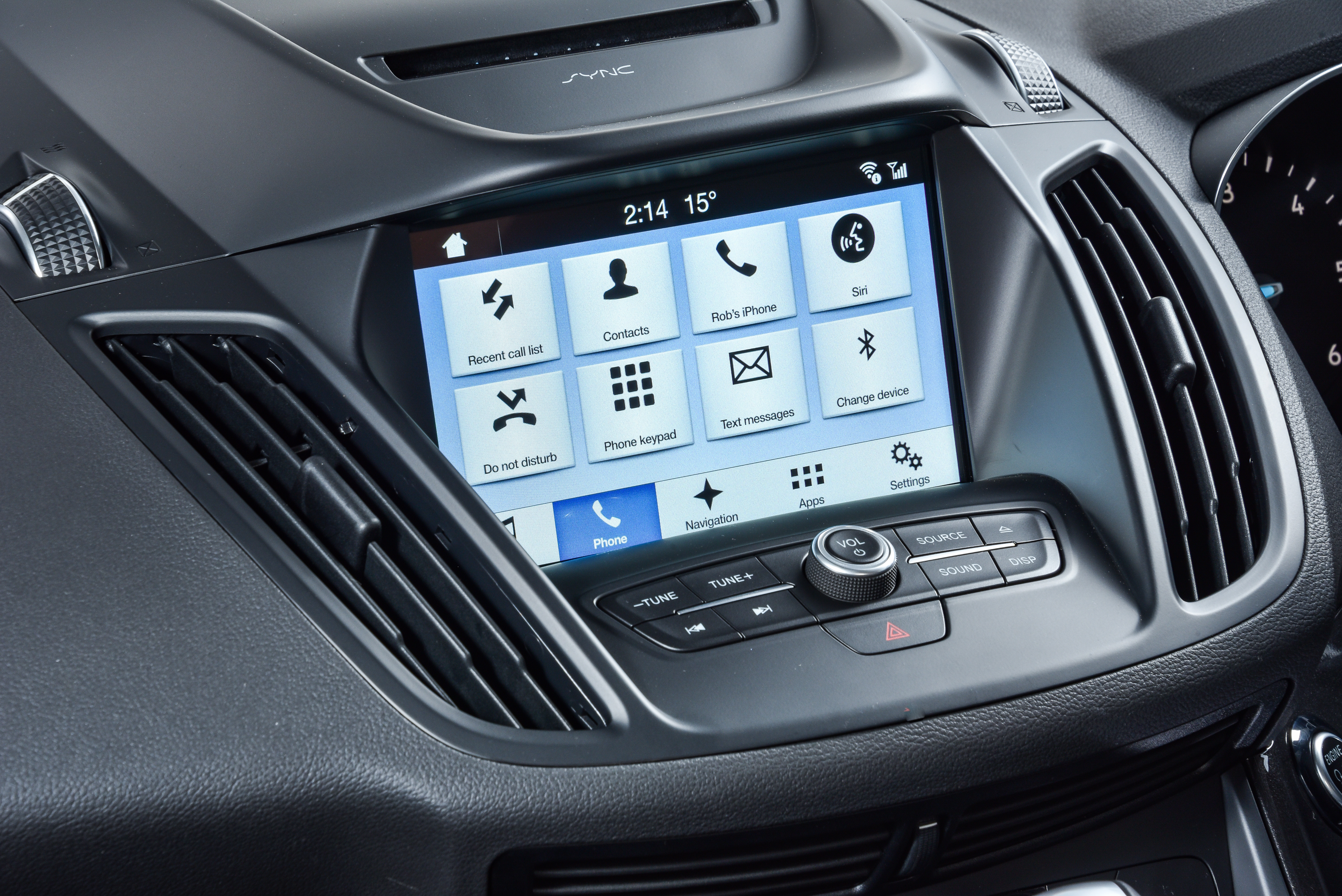
The rear gets new tail light clusters (LED-illuminated in this instance), and if you’re a keen Kuga fan, you’ll also notice the new alloy wheels. The test car’s 19-inch rims are part of a Styling Pack option which adds a steep R19,730 to the retail price and also includes a panoramic glass roof.
Frankly, I’d do without the option pack, and stick with the standard 18-inchers, which are fitted with slightly taller-profile tyres that may be less susceptible to pothole-induced damage on our generally neglected roads.
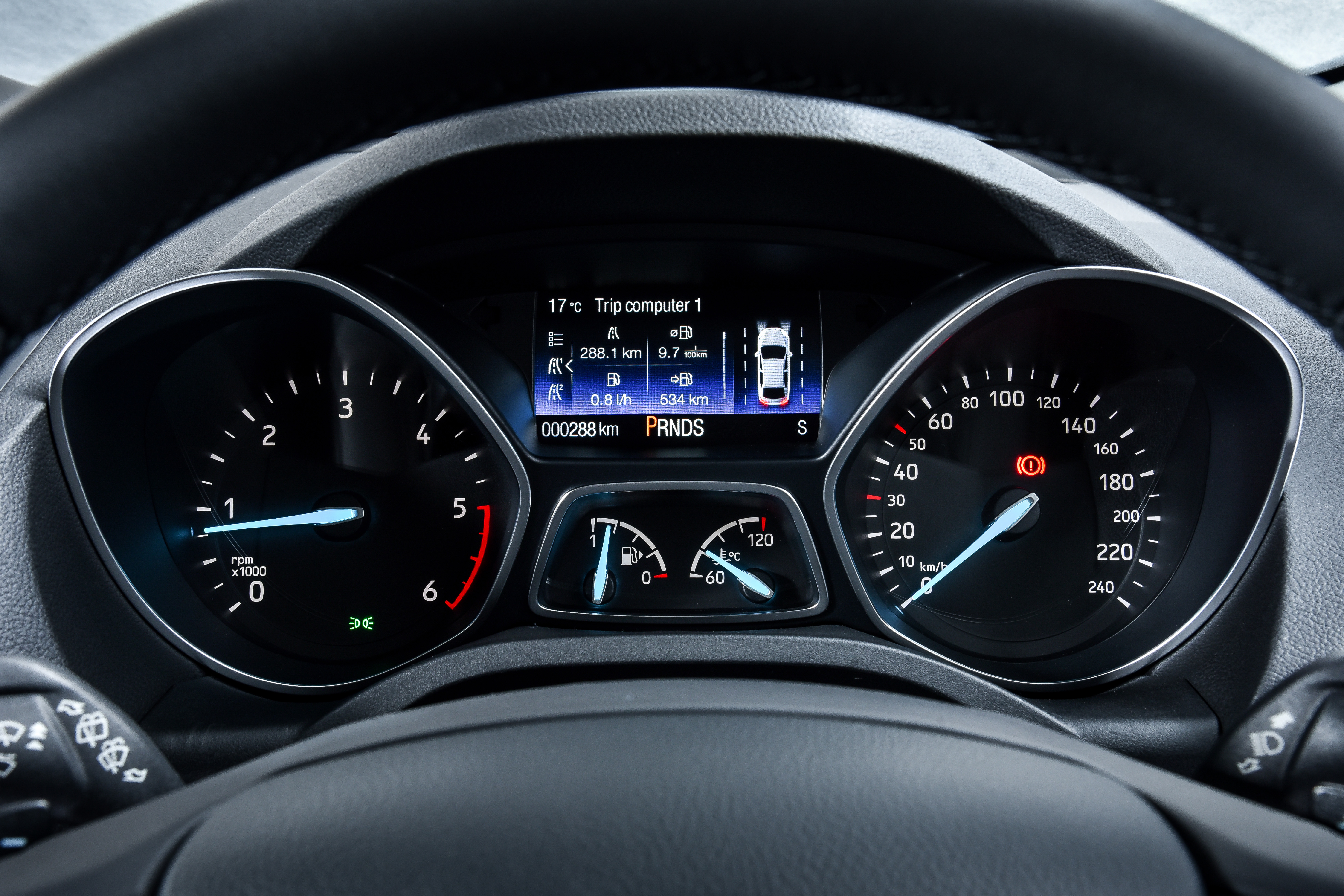

Roof rails and wheel arch mouldings underline the Kuga’s SUV identity, while twin exhaust tailpipes add some sporty flair.
While the exterior changes are subtle, there are some important upgrades inside – specifically as far as the infotainment system is concerned. All but the entry-level Kugas get Ford’s excellent Sync3 infotainment system, which links a 20cm touchscreen to an intuitive user interface.
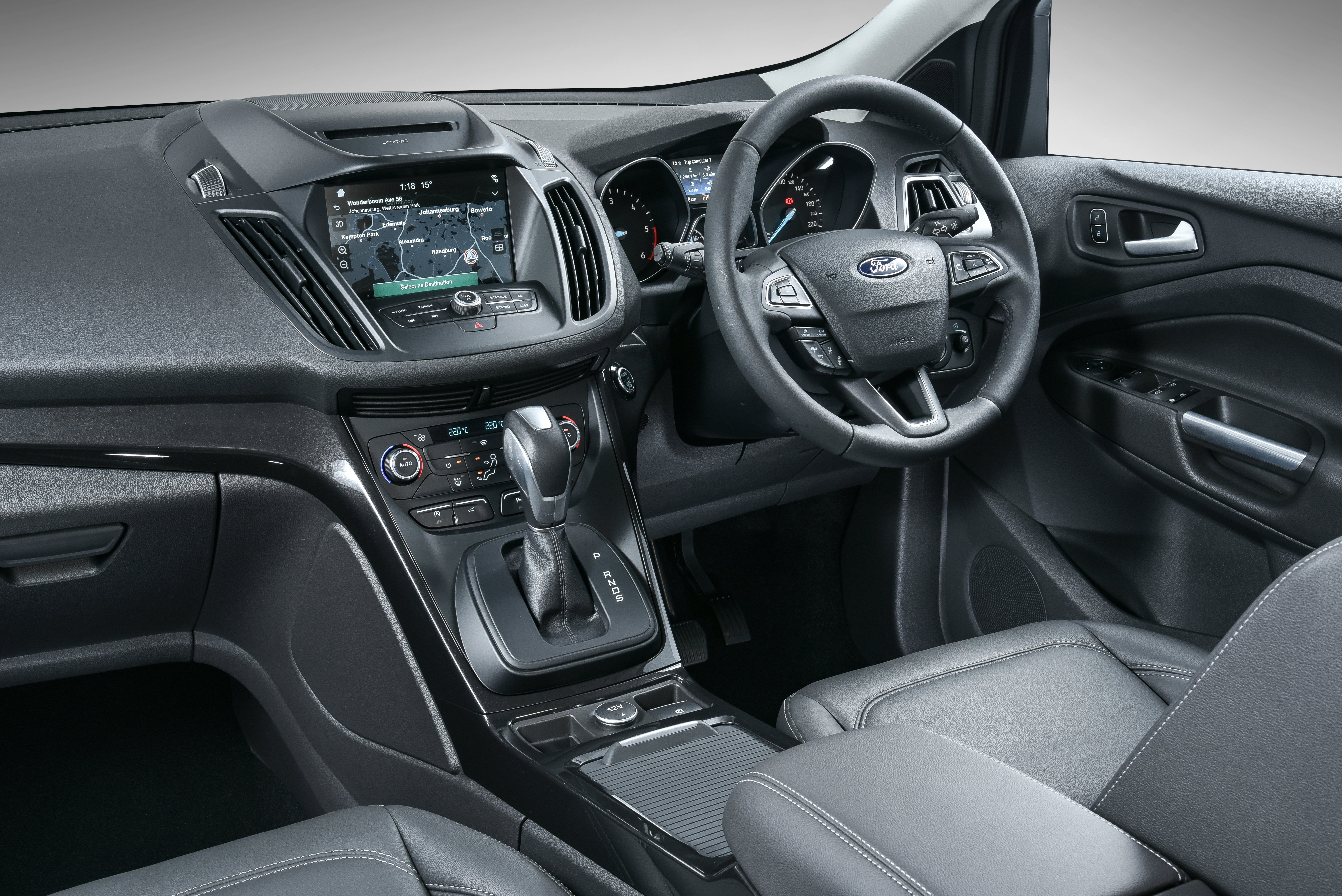
It’s one of easier set-ups to use, with voice control adding both convenience and safety. Satnav is a R5 000 extra, but works so well that it might be worth the investment. Included are Bluetooth telephony and streaming, Apple CarPlay, nine-speaker sound, USB sockets and FM/AM radio.
The Titanium specification level is comprehensive, and incorporates just about every comfort and convenience feature imaginable. The switchgear has become simpler and more intuitive than the confusing array of controls and buttons I remember, and the multifunction steering wheel also contributes to the Kuga’s ergonomic appeal.
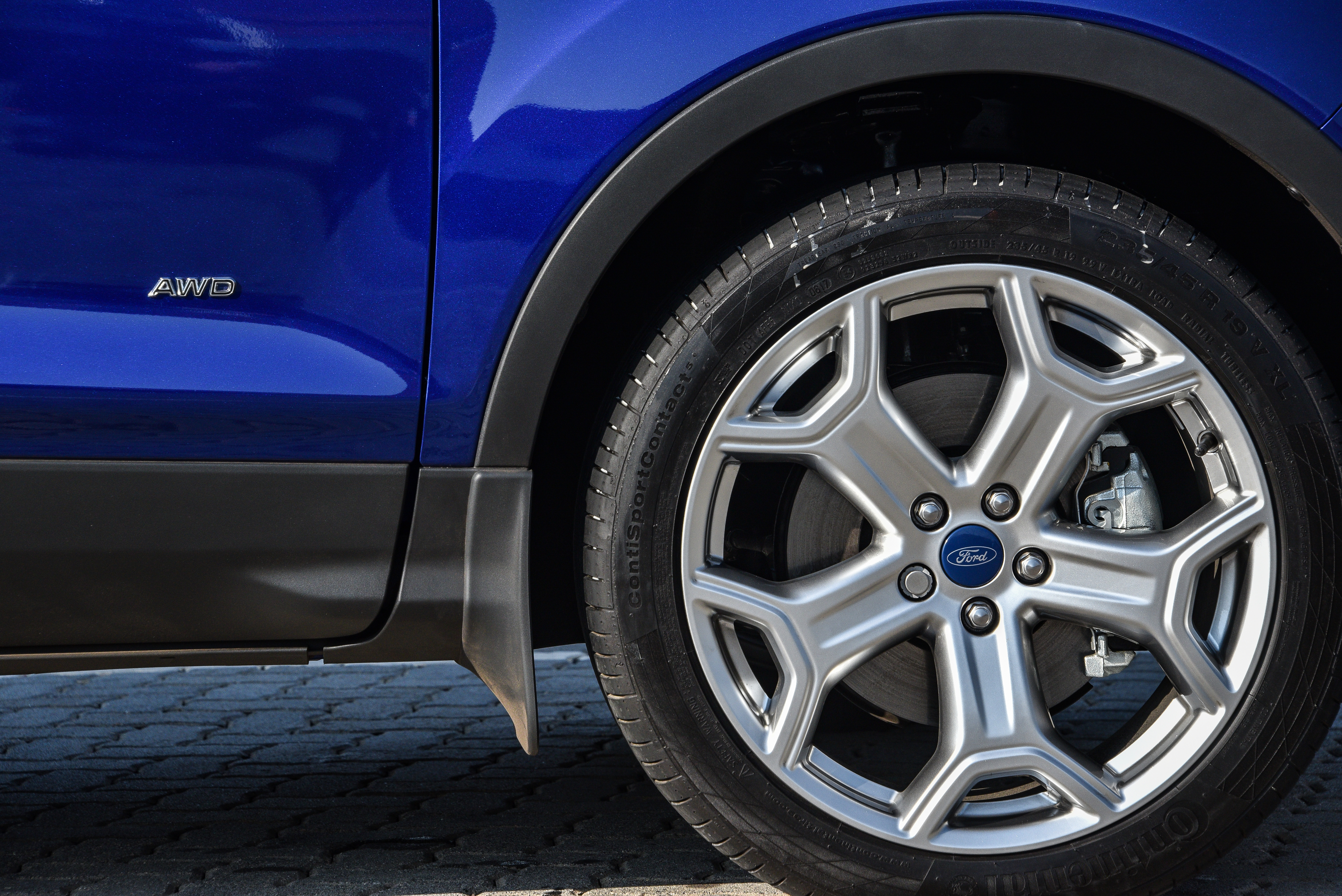
No wonder it’s easy to get comfortable behind the wheel, with leather-trimmed electric seats, automatic climate control, electric windows and mirrors, front and rear parking sensors and even a reverse camera making life on the road a pleasant affair.
The finishes are smart and functional, although some of the lower dashboard’s plastic bits look and feel a little low rent. The recessed instruments with their trademark turquoise needles are classy and clearly legible, and a scrollable digital trip computer puts key data at your fingertips.
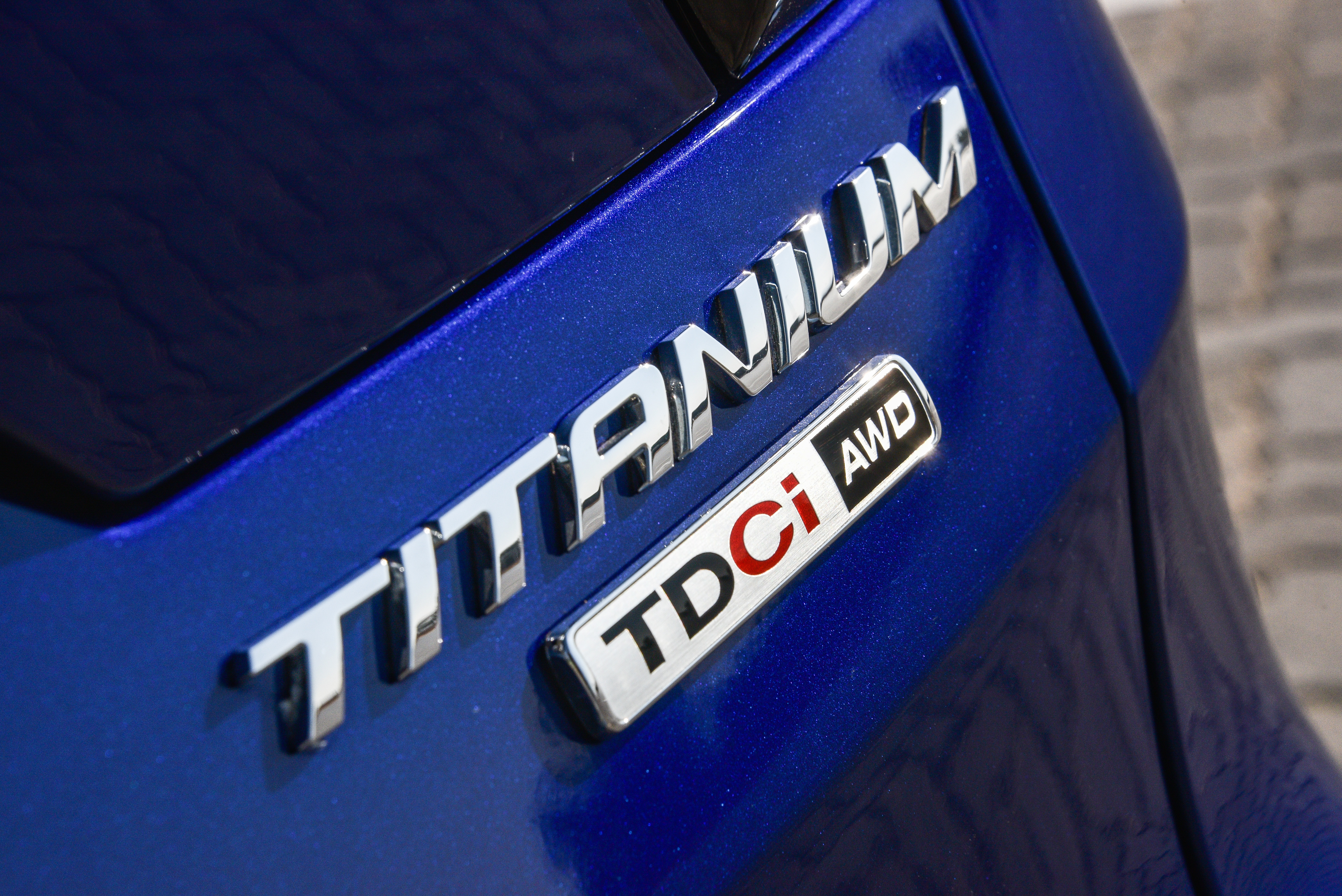
There’s plenty of space front and rear, and the adjustable rear bench seat folds flat to boost cargo space from the standard 456 litres to an impressive 1,603 litres. A motorised tailgate with hands-free opening and closing is one of those features that seems gimmicky at first, but works a treat in practice.
As for safety, the Kuga comes with seven airbags (including a knee airbag) as standard, while active systems include ABS brakes, electronic stability control and hill start assistance.
Add the R16k driver assistance pack and you get blind spot warning, lane-keeping assistance, adaptive functionality for the cruise control, and low-speed collision mitigation via autonomous braking.

It also includes active parking assistance that lets the Kuga almost park itself, with the driver doing little more than operating throttle and brakes. It’ll even determine whether a parking space is suitable, and works for both parallel and perpendicular parking.
The turbodiesel is a peach of an engine, running smoother than many and revving with fair enthusiasm, too. There’s little in the way of turbo lag to complain about, and throttle response is immediate, allowing instant access to an ample supply of low-down grunt.
The six-speed auto gearbox suits the engine’s beefy characteristics to a tee, offering smooth shifts and ratios spaced just right to ensure nippy reactions around town and effortless open-road cruising.
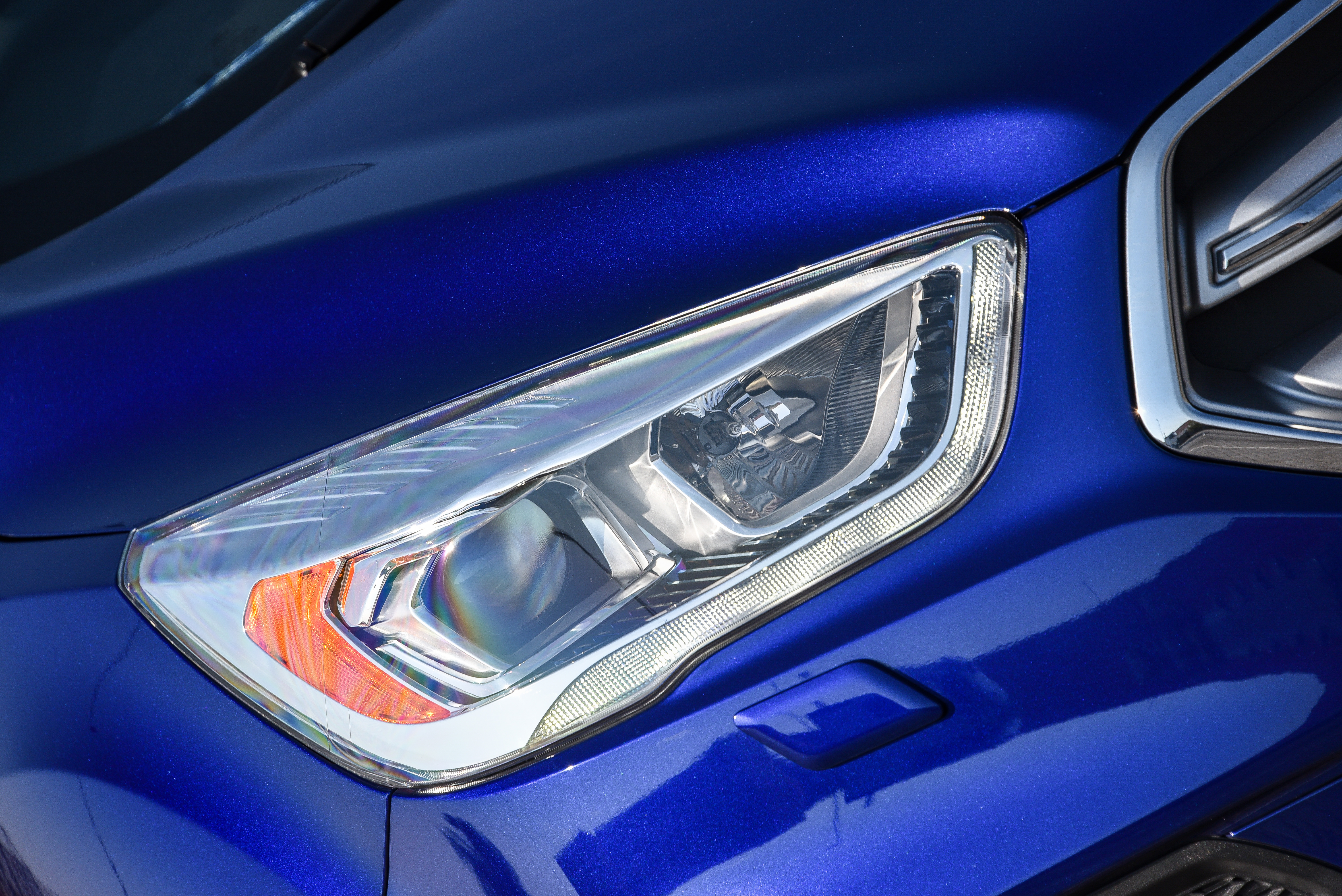
Switch the shifter to Sport mode, and you can operate the gearbox as a de facto manual, using the shift paddles to swop gears. For a torque converter box, the shift action is pleasantly incisive, adding some unexpected dynamic flair.
The Kuga 2.0 TDCI’s driver appeal extends to handling that’s surefooted and predictable, assisted by seamless all-wheel drive. The system is front-biased but moves power to the rear when additional traction is required.
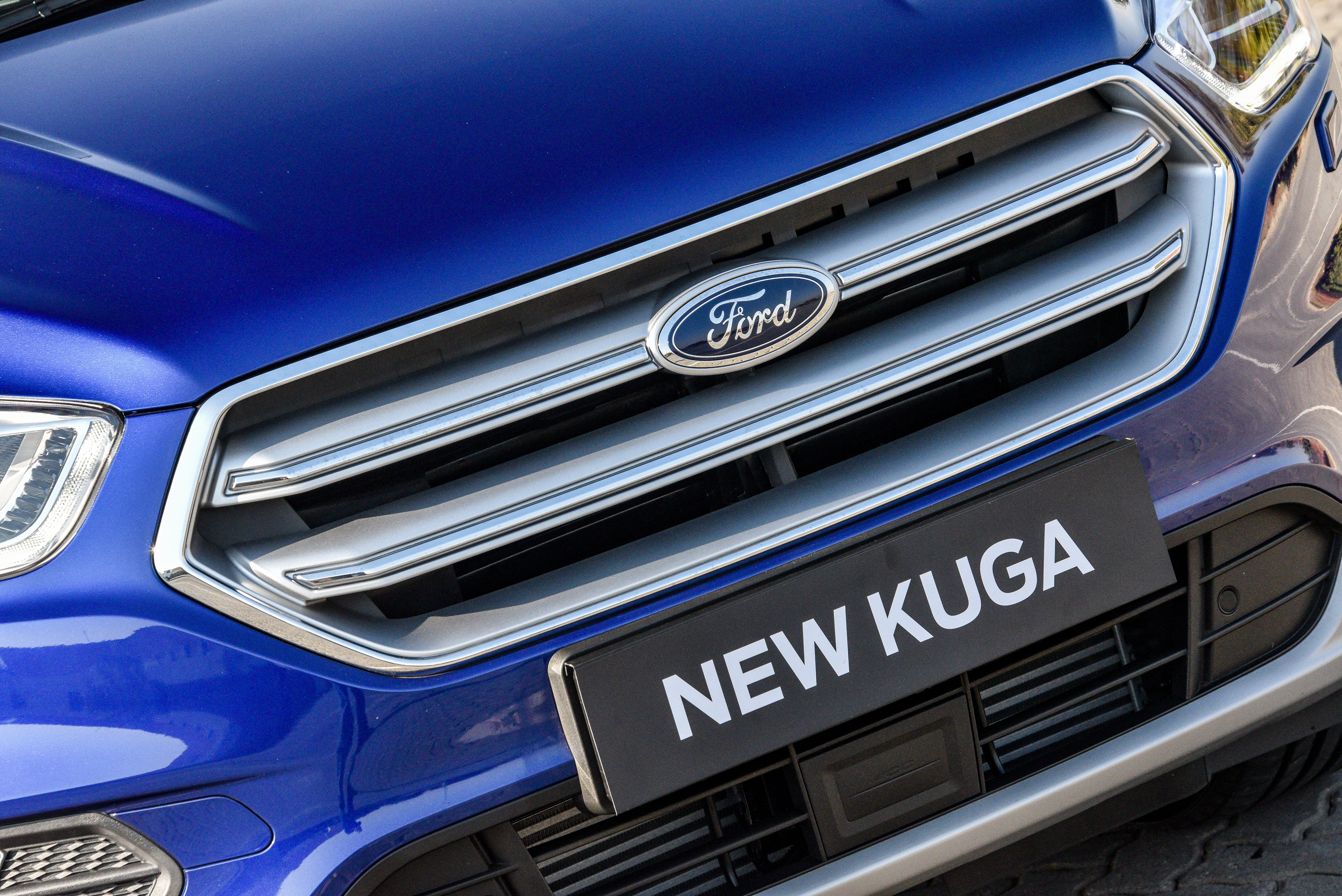
To be honest, you’re never aware of the process, even on sandy gravel: the Kuga remains admirably stable, and while the electric power steering could do with a bit more feedback, progress is ultimately confidence-inspiring.
There’s ample dynamic sparkle, with the Kuga sprinting from rest to 100km/h in not much more than 10sec, and credited with a 190km/h-plus top speed. More importantly, the overall tractability of the Ford is admirable, making for sprightly progress.
At 193mm, there’s enough ground clearance to tackle mild off-road sections, ably assisted by the all-wheel drive system. But the wheel/tyre combination will be the real limiting factor: anyone intent on using the Kuga on anything but smooth, graded gravel will need to consider a smaller wheel shod with higher-profile, all-terrain rubber.
On that topic, the ultra-low profile 225/45 tyres on the test unit can become noisy on more abrasive tar sections. However, for a turbodiesel, engine noise is well contained and overall refinement is admirable, adding to the Kuga’s long-distance appeal.
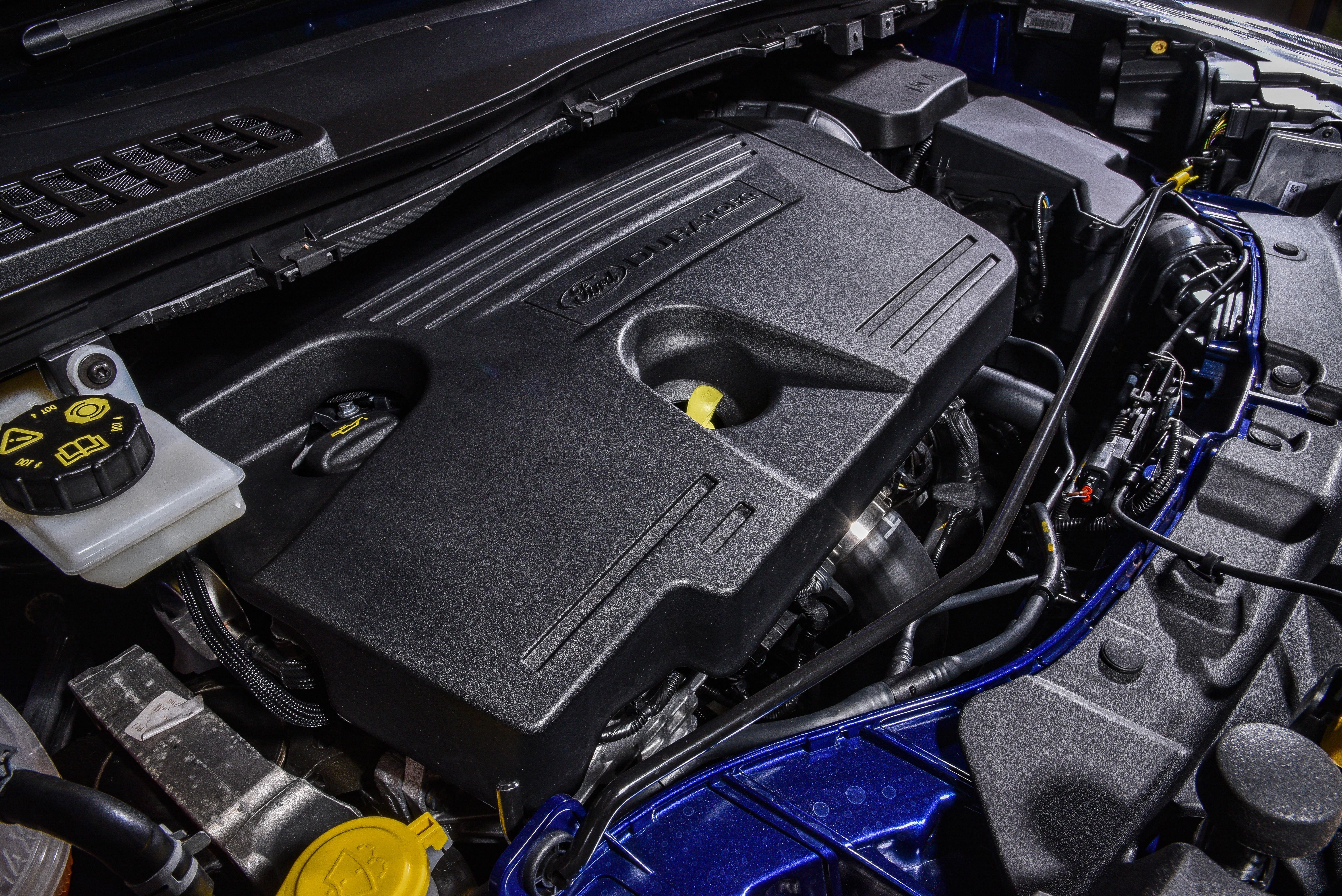
Could I – would I – live with the Kuga 2.0 TDCi every day? With one or two caveats, absolutely. The omission of xenon or LED headlights is hard to fathom in a car costing more than R500k, and as mentioned, 18 or even 17-inch wheels would better suit the Kuga’s typical all-round application.
There’s also the pricing. The new Kuga line-up is priced more keenly than before, and offers higher levels of standard equipment. But this top-line 2.0 TDCi Titanium still requires a commitment of well over R500k.
If budget is a key consideration (as it is for most of us), the Kuga 1.5T Trend Manual will be the better buy – not as much urge, and not as much kit, but still comprehensively equipped, for R100k less.
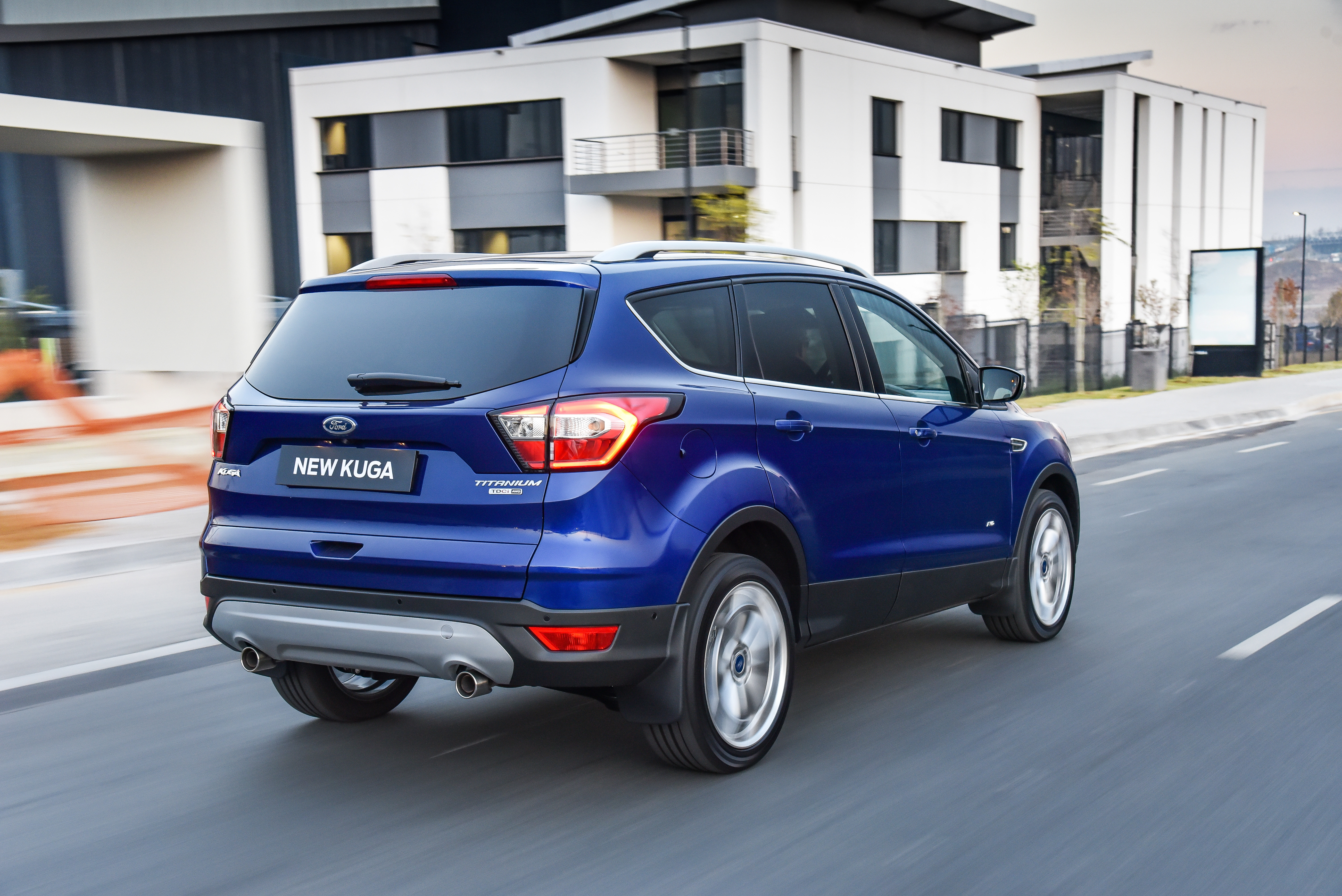
I certainly wouldn’t be concerned about any relapse of the Kuga’s fiery woes. Ford will have learnt some valuable lessons, and ensuring that this latest Kuga remains malady-free is the best way to prove it. DM
PROS
A competent all-rounder that’s underrated for all the wrong reasons.
CONS
Consumer confidence remains compromised. Flagship is pricey.
VITAL STATS
|
Ford Kuga 2.0 TDCi Titanium AT AWD |
|
|
Engine |
In-line four-cylinder, 1,997cc, turbodiesel |
|
Power |
132kW @ 3,500rpm |
|
Torque |
400Nm @ 2,000 – 3,250rpm |
|
Power-to-weight ratio |
77,33 kW/ton |
|
Gearbox |
Six-speed auto, AWD |
|
Wheels/tyres |
19-inch alloy, 235/45 R19 tyres |
|
0-100 km/h |
10.4sec |
|
Top speed |
196km/h |
|
Fuel tank capacity |
60 litres |
|
Fuel consumption (claimed/tested) |
5.4/8.8 litres/100km |
|
Operating range (claimed/tested) |
1,110 / 680km |
|
CO2 emissions |
140g/km |
|
Retail price / as tested |
R516,600 / R558,230 |
















 Become an Insider
Become an Insider